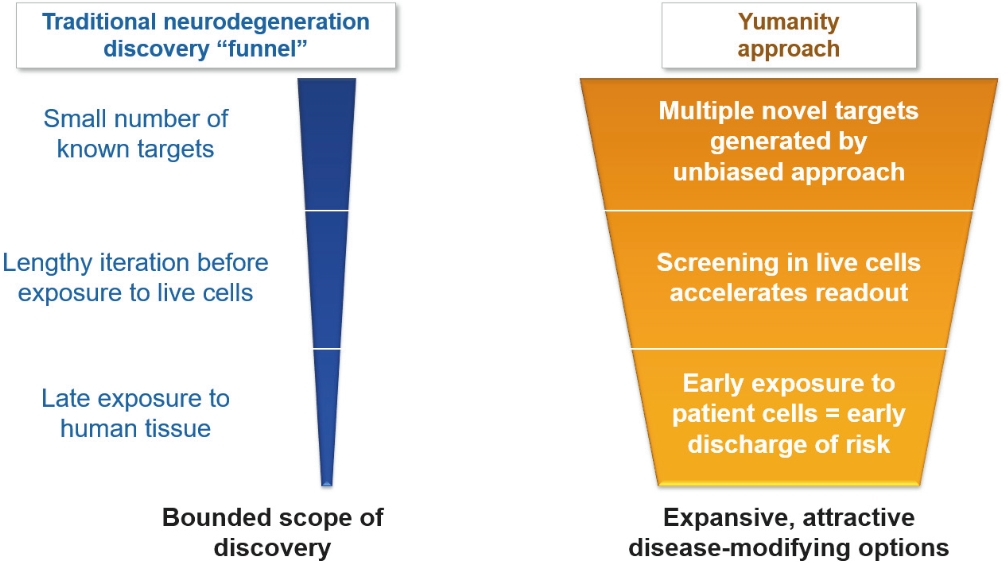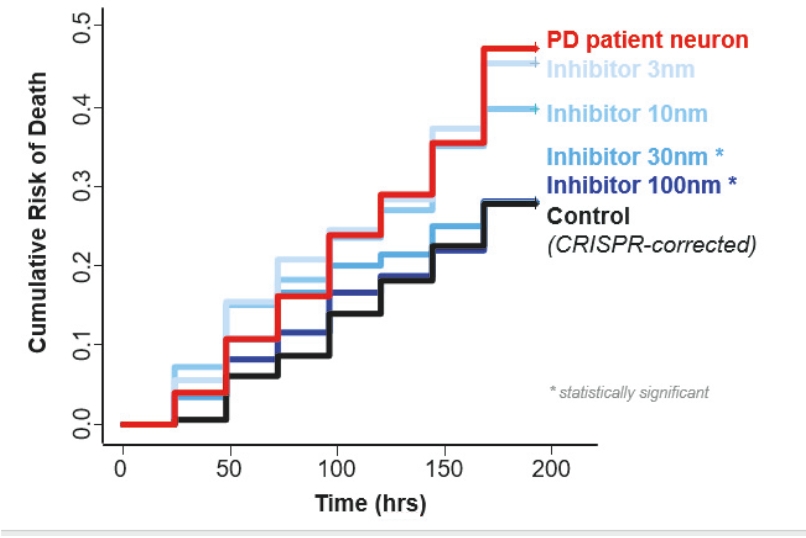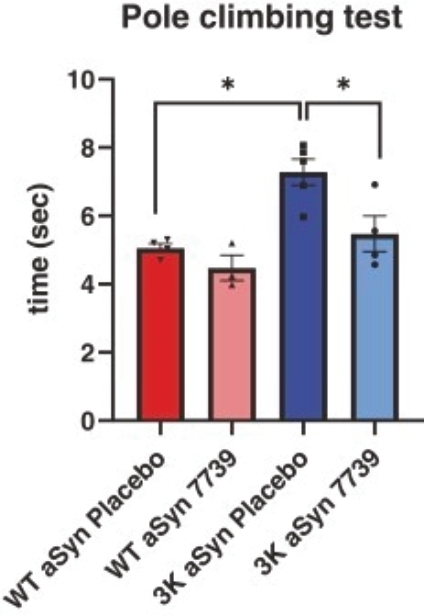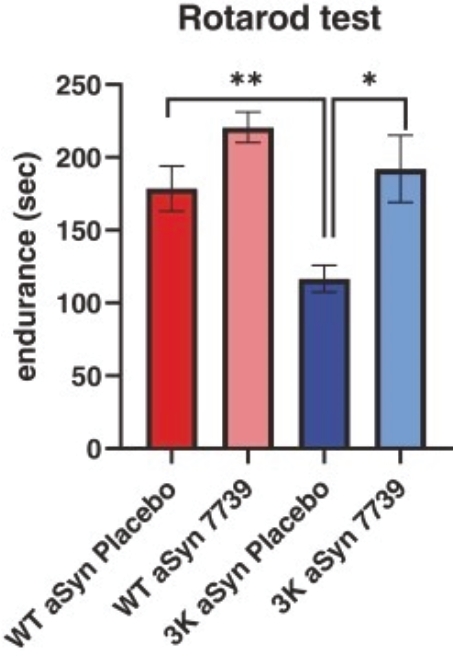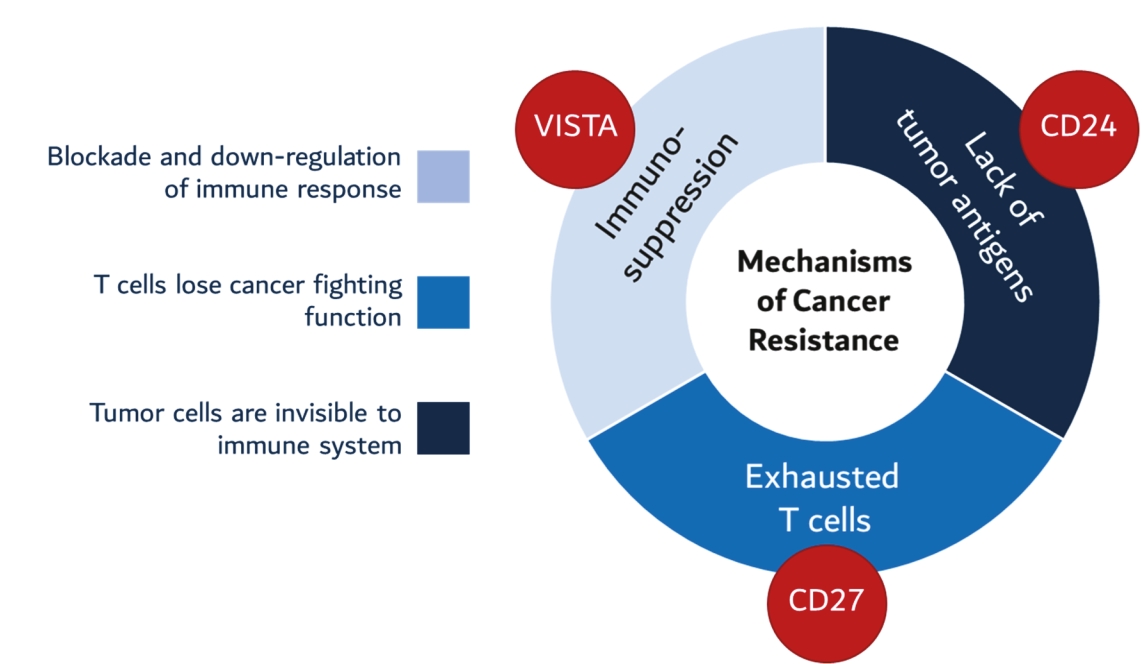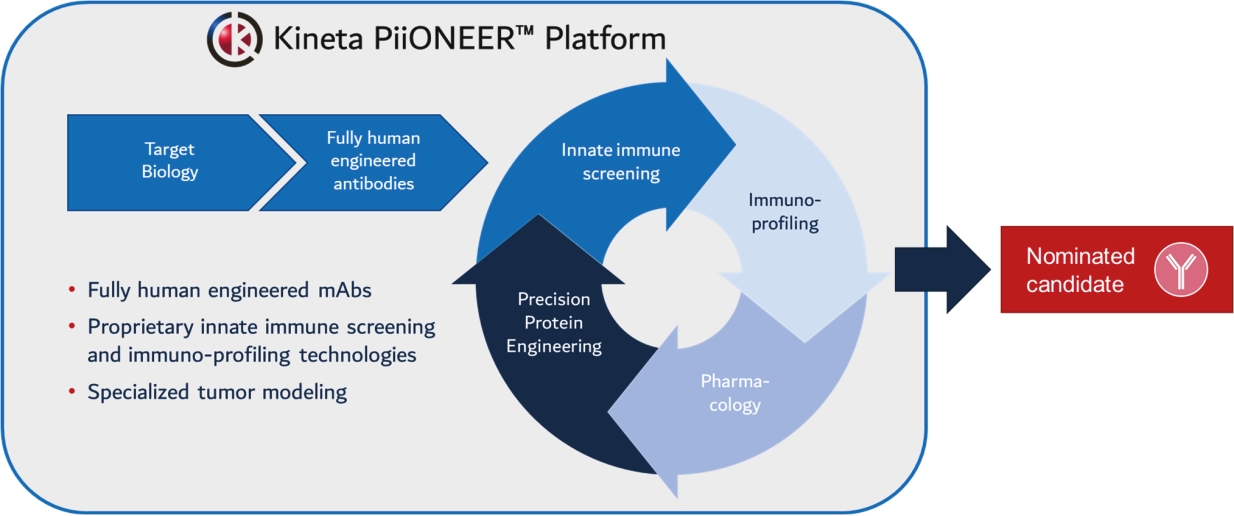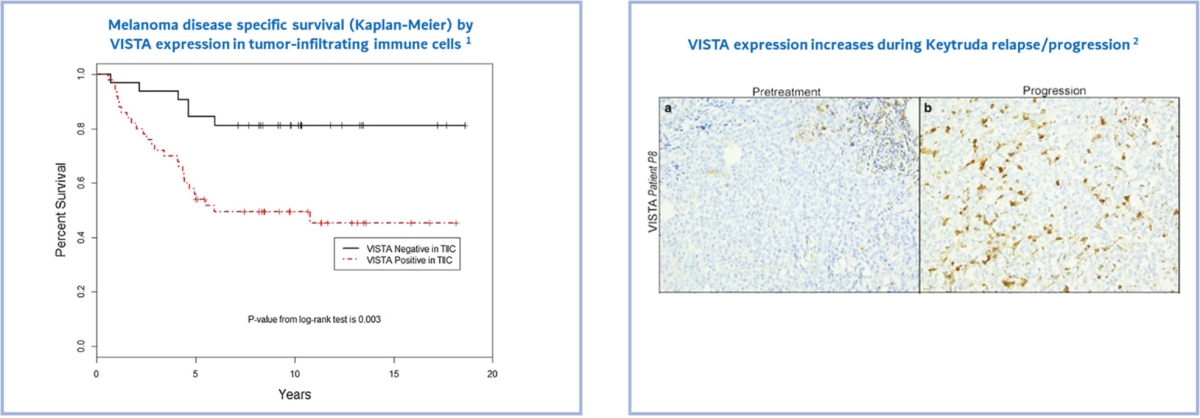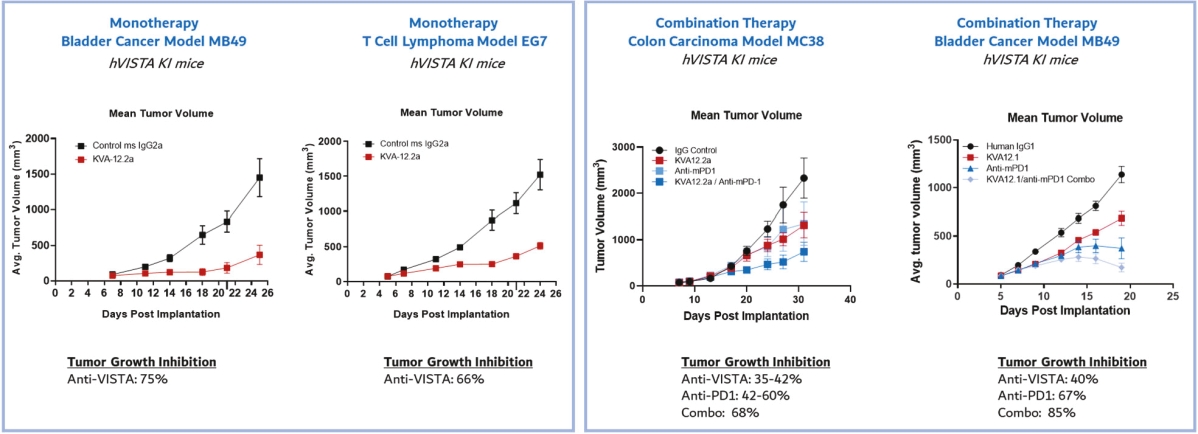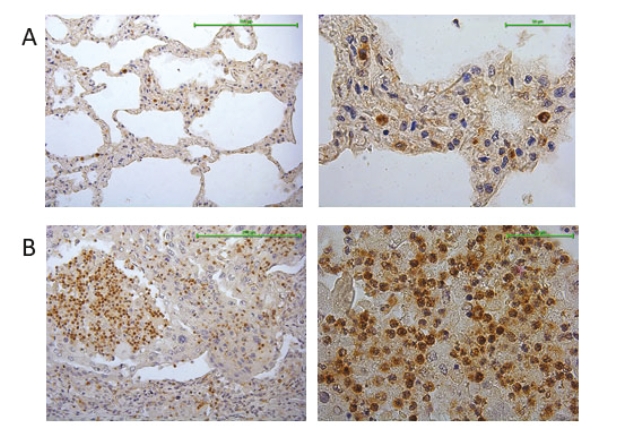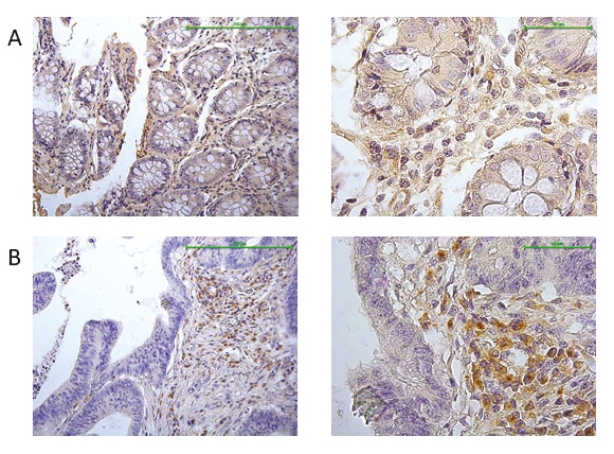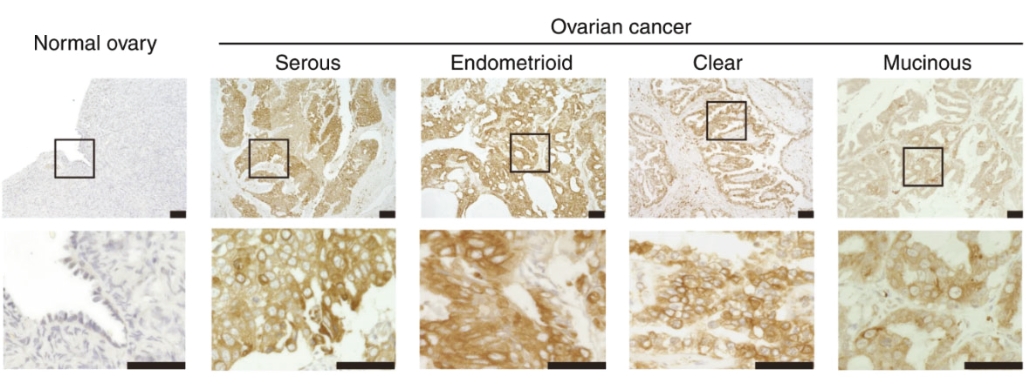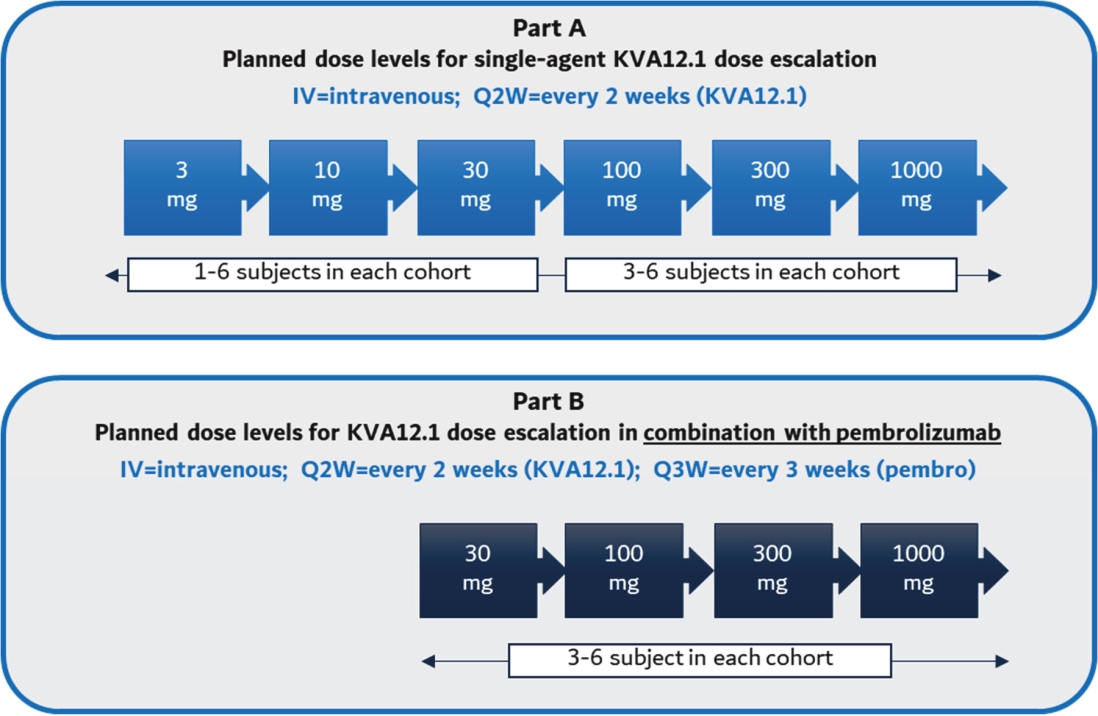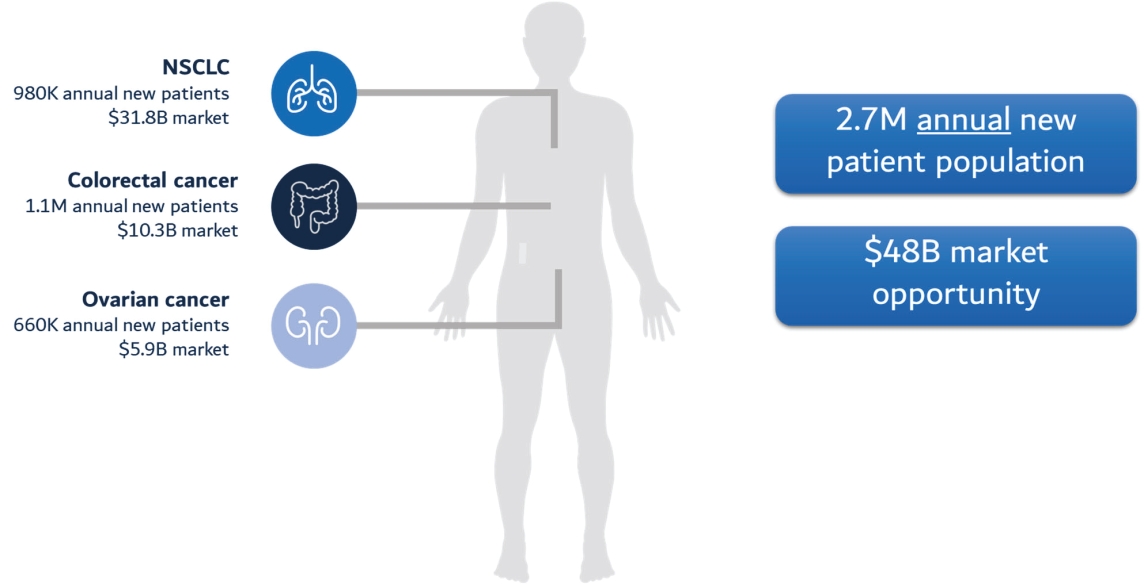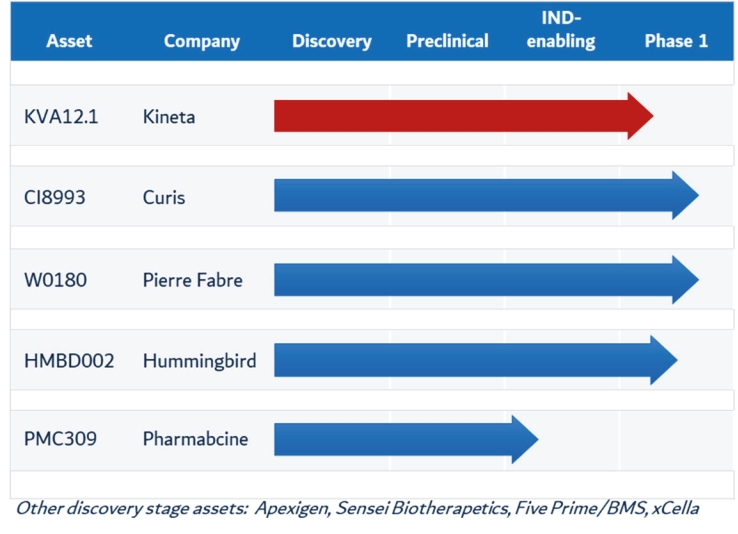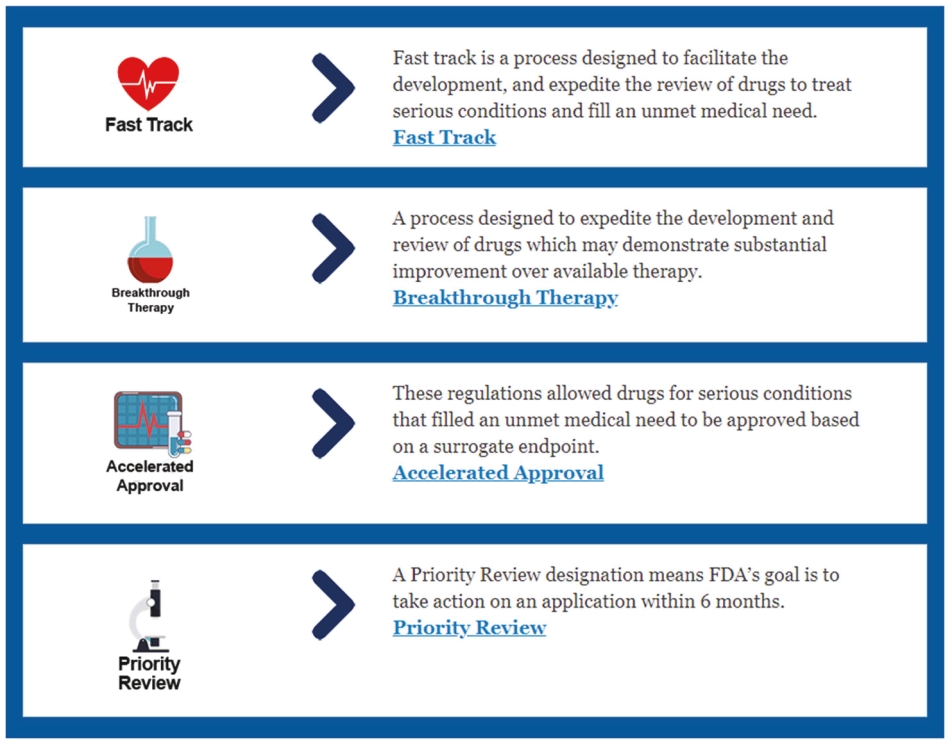“Exploit” means to make, have made, import, use, sell, offer for sale, or otherwise dispose of, including to research, develop, register, modify, enhance, improve, manufacture, have manufactured, store, formulate, optimize, export, transport, distribute, commercialize, promote, market, have sold or otherwise dispose of. “Exploiting”, “Exploitation” and other forms of the word “Exploit” shall have correlative meanings.
“Export Approvals” has the meaning set forth in Section 3.20(c).
“FAIR Agreement” means that certain Exclusive License Agreement by and between Seller and FAIR Therapeutics B.V., dated October 29, 2021.
“FCPA” has the meaning set forth in Section 3.18(a).
“FDA” has the meaning set forth in Section 3.11(b).
“GAAP” means the United States generally accepted accounting principles in effect from time to time.
“Genentech Agreement” means that certain Technology Transfer and License Agreement by and between Seller and Genentech, Inc., dated December 13, 2018.
“Governmental Authority” means any Federal, state, local or foreign government, any court, tribunal, administrative or other governmental agency, department, commission or authority, any Regulatory Authority or any non-governmental self-regulatory agency, commission or authority.
“Governmental Consent” has the meaning set forth in Section 3.2(e).
“IND” means (i) any investigational new drug application relating to a Product filed with the FDA pursuant to 21 C.F.R. Part 312, or any comparable filing made with a Governmental Authority in another country (including the submission to a competent authority of a request for an authorization concerning a clinical trial, as envisaged in Article 9, paragraph 2, of European Directive 2001/20/EC, or any other exemption legitimizing the use of a Product in a clinical investigation), and (ii) all supplements and amendments that may be filed with respect to the foregoing.
“Intellectual Property Rights” means all of the following, in each case in any jurisdiction in the world: (a) patents, patent applications, (including in each case any continuation, continuation-in-part, division, renewal, patent term, extension (including any supplemental protection certificate), reexamination or reissue thereof) (collectively, “Patents”); (b) registered and unregistered trademarks, trade dress, trade names, logos, design rights, service marks and any other designation of source or origin, together with the goodwill pertaining to the foregoing, and all applications, registrations and renewals therefor (collectively, “Trademarks”); (c) registered and unregistered copyrights, works of authorship, copyrightable works (published or unpublished) and all applications, registrations and renewals therefor (collectively, “Copyrights”); (d) software, computer programs and applications (whether in source code, object code or other form), algorithms, databases and technology supporting the foregoing, and all error corrections, updates, upgrades, enhancements, translations, modifications, adaptations, further developments and derivative works thereto, and all designs and design documents, technical summaries, documentation (including flow charts, logic diagrams, white papers, manuals, guides and specifications), firmware and middleware associated with the foregoing (collectively, “Software”); and (e) confidential and proprietary technical, scientific, regulatory or other information, designs, ideas, concepts, invention disclosures and inventions (whether patentable or unpatentable and whether or not reduced to practice), research and development, discoveries, results, creations, improvements, know-how, techniques and data (including biological, chemical, pharmacological, toxicological, pharmaceutical, physical and analytical, safety, quality control, manufacturing and preclinical and clinical data), technology, algorithms, procedures, plans, processes, practices, methods, trade secrets, instructions, formulae, formulations, compositions, specifications, marketing, pricing, distribution, cost and sales information, customer and supplier names and lists, tools, materials, apparatus, creations, improvements and other similar materials, and all recordings, graphs, drawings, diagrams, flow charts, models, studies, reports, surveys, analyses and other writings (“Know-How”).
“Intervening Event” has the meaning set forth in Section 5.3(e).
“Inventory” means with respect to any Compounds or Products, all inventory of active pharmaceutical ingredient, intermediates, specific raw materials, components and consumables and finished product forms, together with all work-in-progress and packaging materials, owned by Seller or any of its Affiliates as of the Closing Date.
“IP Contracts” has the meaning set forth in Section 3.5(i).



